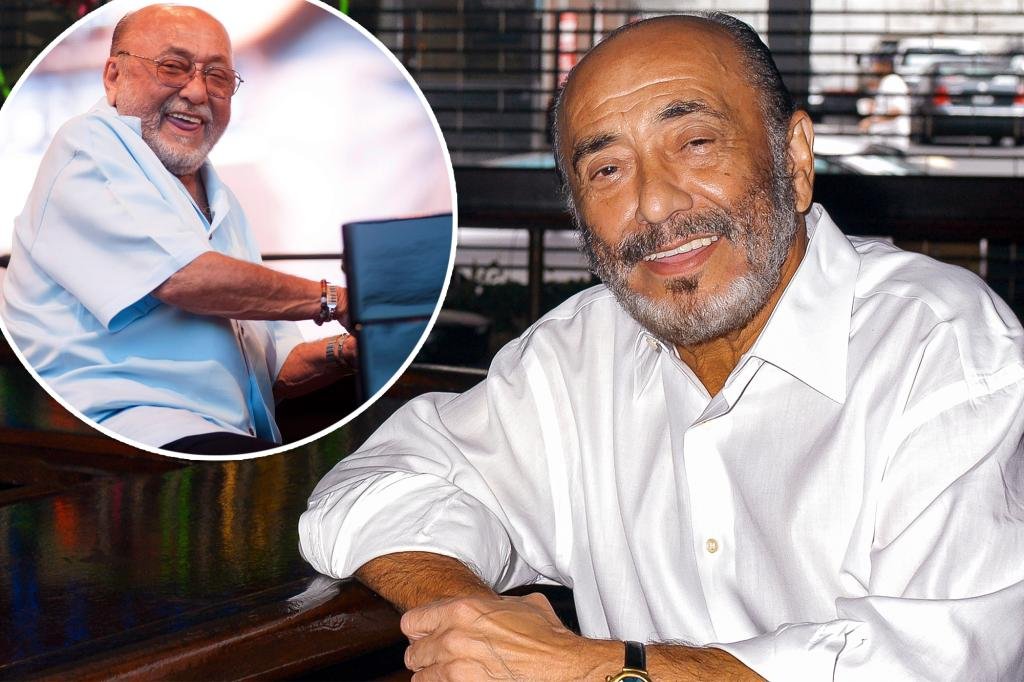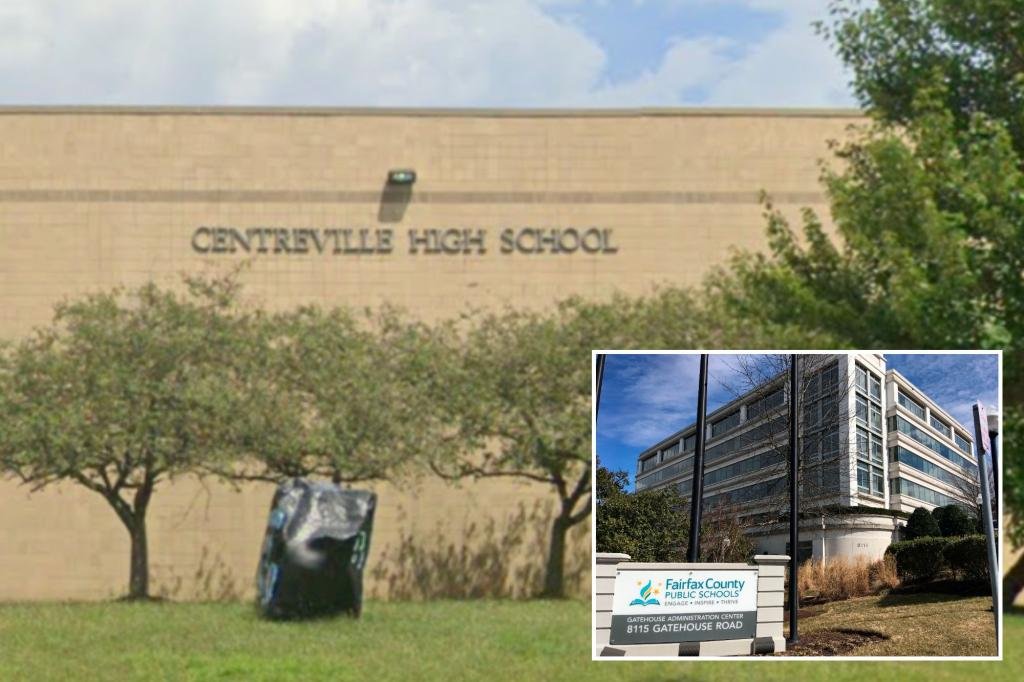
Eddie Palmei, Latin music for jazz and a Grammy winner from East Harlem, Mit in 88

Eddie Palmiri, the vanguard musician who was one of the most innovative artists in Rumba and Latin Jazz. It was 88.
FANIA Records announced the death of Palmiri on Wednesday evening. Gabriella, the daughter of Palmiri, told the New York Times that her father had died earlier that day at his home in New Jersey after a “extended disease”.
The pianist and composer and the band’s teammate was the first Latin to win the Grammy Award and will win another seven career over a profession that spanned about 40 albums.
Palmiri was born in Harlem, Spain in New York on December 15, 1936, at a time when music was seen as a way out of the Jewish neighborhood. He began studying the piano at an early age, like his famous brother Charlie Palmari, but at the age of 13, Timpelis began to play in his uncle orchestra, with the desire for drums.
Ultimately gave up the machine and returned to the piano playing. “I am a frustrated rhythmist, so I take it out on the piano,” the musician once said in his website’s biography.
His first victory in Grammy came in 1975 for the album “The Sun of Latin Music”, which is Continue In his eighties, he performed through the Corona virus on the live broadcast.
In an interview with Associated Press in 2011, when asked if he had anything important to do, he answered his usual humility and humor: “Learn to play the piano well … as a player on the piano is one thing. Being the pianist is another.”
Palmiri was involved in tropical music as a pianist during the fifties of the last century with Eddie Forster Orchestra. He later joined the Johnny Segoy and Tito Rodriguez band before the formation of his own band in 1961, La Perfecta, along with the trumbene player Barry Rogers and the singer Ismail Quintana.
La Perfecta was the first to show a rumbon section instead of trumpets, which is rarely seen in Latin music. With its unique voice, the band quickly joined Machito, Tito RodríGuez and other Latin orchestra at the time.
Palmiri produced several albums On Alexre and Tico Records, including the classic “Vámonos Pa’l Monte” for 1971, with his brother Charlie as a guest player. Charlie Palmiri died in 1988.
Eddie’s unconventional approach will surprise critics and fans again that year with the release of “Harlem River Drive”, as he merged black and Latin styles to produce a voice that includes elements of salsa, vanquet, spirit and jazz.
Later, in 1974, “The Sun of Music Music” recorded the young Lalo RodríGuez. The album has become the first Latin production to win my crime.
In 1975, the album “Eddie Palmieri & Friends was recorded at a concert, who lives at the University of Puerto Rico”, which is considered by many fans the jewel of Salsa.
In the eighties of the last century, he won two other Grammy Awards, for “Palo Pa ‘Rumba” albums (1984) and “Solito” (1985).
In 1987, the Sulta Tony Vega singer recorded in the album “La Verdad”, and in 1992, the singer La India presented the world of Salsa with the production of “Llegó la India va Eddie Palmieri”.
In 1998, he released “El Rumbero Del Piano”, where he once again discovered the aggressive salsa that I have always described.
Palmeri released the album “MasterPiece” in 2000, with which he collaborated with Tito Puente, who died that year. It was a great success with critics and won two Grammy Awards. The album was also chosen as the most prominent production of this year by the National Foundation for Popular Culture of Puerto Rico.
During his long career, he participated in concerts and recordings with Fania All-Stars and Tico All-STARS, standing as a composer, producer, product and director of the orchestra.
In 1988, the Smithsonian Institute recorded two Palmese Palmyra concerts for the National Museum of the American History in Washington.
In 2002, Yale University awarded him a Church Fellowship Award, which is a prize usually dedicated to heads of international states, in appreciation of his work in building societies through music.
In 2005, he first appeared on the General National Radio as a host of the “Caliente” program, which was carried by more than 160 radio stations in the country.
He was working with famous musicians such as Timbaleero Nicky Marrero, Israel “Cachao” LUGAOZ, “Cachao”, “Chocolate” Armentoros, Trumbonian player Luis Khan, and Puerto Rican Povie Valenin.
In 2010, Palmy said he felt the musical unit due to the death of many times he enjoyed.
As a music ambassador, he brought the Latin Salsa and Jazza to distant places such as North Africa, Australia, Asia and Europe, among others.













Post Comment